As of 2017, Canon has released no fewer than 70 EOS SLR and DSLR camera models, starting with the introduction of the EOS 650 in 1987. In the 1990s, Canon worked with Kodak to produce digital camera bodies, starting with the EOS DCS 3 in 1995. The first digital EOS SLR camera wholly designed and manufactured by Canon was the EOS D30, released in 2000.
Canon sold two EOS cameras designed to use the APS film format, the EOS IX and the EOS IX Lite.
Canon also sold a manual-focus camera, the Canon EF-M, which used the same EF lens mount as the EOS cameras. It came with all the automatic and manual exposure functions but lacked autofocus. It came equipped with a split-screen/microprism focusing screen for precise manual focusing.
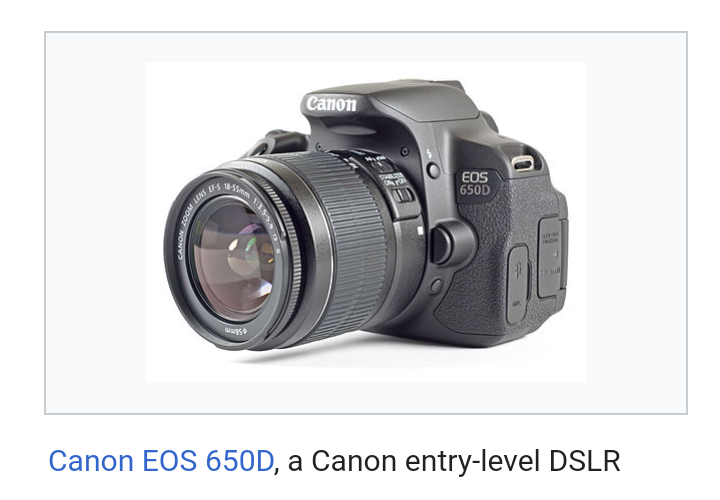
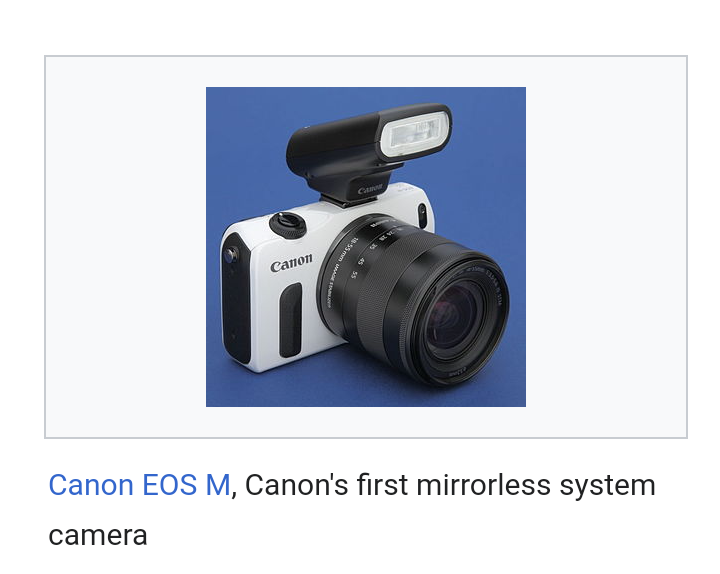
Eye-controlled focusing
Through the tracking of eyeball movements, EOS cameras equipped with eye-controlled focusing (ECF) (some identifiable by the suffix E) were able to select the desired autofocus point in the scene, based on where the user was looking in the viewfinder frame. ECF was especially useful in sports photography where the subject may shift its position in the frame rapidly.
EOS cameras equipped with ECF were the EOS A2E (U.S. model names are shown; see the table below for equivalents in other countries), EOS Elan IIE, EOS IXe, EOS-3, EOS Elan 7E, and EOS Elan 7NE.
Canon did not continue its use of eye-controlled focusing for its digital SLRs. The EOS Elan 7NE was the last EOS camera to have this function, until 2021 when Canon reintroduced eye-controlled focus with the EOS R3.
Quick control dial
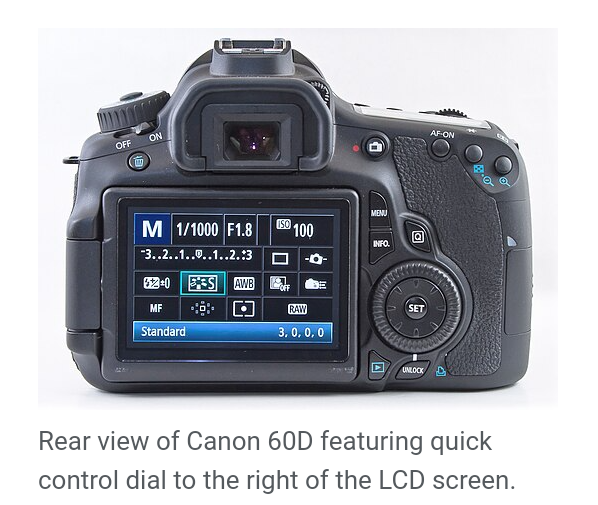
Most prosumer and professional level EOS cameras feature a large quick control dial (QCD) on the camera back. The first consumer-level EOS camera with this feature was the EOS 760D/Rebel T6s, announced in February 2015. This feature allows easy adjustment of certain parameters using the thumb. The QCD is used for quick access to often-used functions that would otherwise require a more complicated procedure of button presses and dial clicks. Settings such as ISO button, Exposure Compensation button, or menus are all easily available through the QCD.
Cameras equipped with the QCD can easily be operated with one hand (forefinger on the main dial, thumb on the QCD) without taking the eye off the viewfinder.
A QCD is programmed to perform useful functions, which may include setting exposure compensation, setting of aperture in manual exposure mode, and scrolling of images and menus in digital EOS cameras.
Multi-point autofocus system
Currently, top-line EOS cameras have either 61 or 65 user-selectable autofocus (AF) points. Autofocus is a camera’s ability to focus a lens automatically on an object by pressing down on the shutter button. Autofocus most often chooses the closest image in the field of view to focus on. The following EOS cameras feature such a system, with 61 points unless otherwise indicated:
- The EOS 5D Mark III, introduced in March 2012.
- The EOS-1D X, announced in October 2011 and originally scheduled for sale in April 2012, but delayed until June 2012. Since replaced by a Mark II version.
- The EOS 7D Mark II, on sale since November 2014. This APS-C body has Canon’s first (and so far only) 65-point AF system.
- The EOS 5Ds and 5Ds R, two closely related higher-resolution full-frame bodies otherwise similar to the 5D MkIII, announced in February 2015 with sales beginning in June of that year.
- The EOS-1D X Mark II, the replacement for the original 1D X, announced in February 2016 with sales expected to begin in April of that year.
- The EOS 5D Mark IV, announced in August 2016 as the replacement for the 5D Mk III.
The release of the 5D Mark III gave Canon the lead once again in this category; previously, its top-line cameras had 45 AF points, which led the industry until Nikon released its D3 and D300 DSLRs with 51-point AF systems.
A higher number of AF points increases the chances of a sharply focused photograph in situations where the subject travels across the frame at high speeds (e.g. sports, wildlife).
Having so many AF points also helps relieve the photographer from having to use the ‘lock focus and recompose’ method of framing a photograph that can introduce focusing inaccuracy. The camera generally focuses on the closest object or on human faces, which may not be what the photographer wants, so EOS cameras equipped with a multi-point AF system still allow the photographer to manually select an AF point.
The EOS-3, EOS-1V, all EOS-1D models prior to the EOS-1D X, EOS 80D, EOS 77D, and EOS 800D/Rebel T7i feature a 45-point AF system. Most Canon DSLRs introduced since late 2005, starting from the EOS 20D and the Rebel XTi (400D), feature a nine-point AF system in a diamond-shape formation. The EOS 5D, released in 2005, takes this 9-point AF system a step further by introducing six more ‘invisible’ AF points (i.e., not user selectable) in helping the camera acquire focus faster during subject tracking.
There have been several exceptions to Canon’s recent rule of a 9-point AF system. The EOS 1000D (Rebel XS) has the 7-point AF system of most older Canon DSLRs. The EOS 7D, released in 2009, has a 19-point AF layout, fitting essentially within the same diamond-shaped area of the frame as the nine-point layout. The EOS 70D, released in August 2013, inherited the 7D’s 19-point layout, but with fewer AF control options. The 70D system was in turn handed down to the EOS 750D (Rebel T6i) and 760D (Rebel T6s), announced in February 2015. As mentioned above, the EOS 5D Mark III, EOS-1D X, EOS 5DS/5DS R, and EOS-1D X Mark II have 61-point AF layouts.
The EOS 6D, released in October 2012, has an 11-point layout. The EOS 80D, announced in 2016, marked the return of 45-point AF systems to the Canon EOS line, as well as the first appearance of a 45-point system in a non-professional body. This system was brought downmarket in 2017 with its inclusion in the upper-entry-level EOS 77D and mid-entry-level EOS 800D/Rebel T7i.
For the earlier generation of 45-point AF system, the central column of 1 or 2 sensors (7 in all up to EOS-1Ds Mk II, EOS-1D Mk II N) are cross-type sensors, which are sensitive to both vertical and horizontal lines to offer a high degree of accuracy. The EOS-1Ds Mk III, replaced by the EOS-1D X, has 19 cross-type sensors for higher accuracy, as well as placing the cross-type sensors to complement the Rule of Thirds.
The other Canon professional SLR replaced by the EOS-1D X, the APS-H EOS-1D Mk IV, has 39 cross-type sensors, a major increase from the 19 of the Mk III. Of the 61 AF points of the EOS-1D X and 5D MkIII, 21 central points and 20 outer points are cross-type, and five central points are dual-cross-type (sensitive to diagonal lines in addition to horizontal and vertical). All 65 points of the 7D MkII are cross-type, but only the center point is dual-cross-type.
Similarly, as of 2017, all AF points on later generations of the X0D series (beginning with the 40D and continuing through the current 80D) are cross-type sensors for higher accuracy, and the center sensor is dual-cross-type for even greater accuracy and sensitivity. In June 2012, the EOS 650D (Rebel T4i) became the first consumer-level Canon to receive this AF system.
Naming scheme of EOS DSLR and SLR cameras
Identical Canon models are sometimes marketed under different names in different parts of the world. For example, the EOS Rebel 2000 known in the Americas is also known as EOS Kiss III in Japan, and EOS 300 in other parts of the world.
| Target market segment | Common features | International | Americas | Japan |
|---|---|---|---|---|
| Entry-level/consumer | Light polycarbonate bodyDarker, pentamirror viewfinderBuilt-in flashSingle CF or SD card slotAPS-C sensor on digital models3- or 4-digit model number3 separate lines:xxxxD: Budget-friendly, lowest-end models100D, 200D, 250D: Compact DSLRs with simplified controls, slotting in between the other entry models300D-850D: Regular consumer DSLRs, today serving as the premium entry-level/consumer models | 3- or 4-digit model numberE.g., EOS 650D, EOS 300V, EOS 1100D, EOS 100D, EOS 4000D | Rebel (used in North America since 1990)E.g., EOS Digital Rebel T3, EOS Rebel T4i, EOS Rebel SL1 | Kiss (used in Japan since 1993, except for EOS 8000D [760D/Rebel T6s] and 9000D [77D])E.g., EOS Kiss Digital N, EOS Kiss X6i, EOS Kiss X7 |
| Advanced amateur/midrange | The first independent Canon DSLR (EOS D30)The first Canon camera with Dual-Pixel autofocus (EOS 70D)Top LCDMore advanced controlsBuilt-in flashSingle CF or SD card slotMagnesium alloy body from D30-50D Polycarbonate body on aluminum chassis from 60DBright pentaprism viewfinder on most modelsAPS-C sensor on digital modelsPartial weather-sealing2- or 3-digit model number2 separate lines:D30, D60, 10D-90D: Regular mid-range line with pentaprism viewfinder760D, 77D: Cut-down mid-range models with less features and pentamirror viewfinder | 2 or 3-digit model numberE.g., EOS 40D , EOS 70D, EOS 760D | ElanE.g., EOS Elan 7N (DSLRs share the same naming scheme as International) | 7-seriesE.g., EOS 7s (DSLRs share the same naming scheme as International) |
| Prosumer/high-end | Durable magnesium-alloy constructionHigher grade weather sealingSingle CF or SD card slot on older and lower-end models (EOS 5D, 7D, 6D, 6D II) SD and CF card slot on newer, higher-end models (5D II, III, IV, 5DS, 5DS R, 7D II)1-digit model numberAPS-C or Full Frame sensor on digital modelsBuilt-in flash in APS-C models3 separate lines:7D, 7D II: The highest-end Canon APS-C DSLRs with similar features as the higher-end models, but cut-back image quality6D, 6D II: Canon’s cheapest Full Frame DSLR with lower-end features and build quality, but the same image quality as the higher-end models from the same time5D, II, III, IV: High-end Full Frame DSLRs, and the highest-end without a built-in portrait grip. High quality features and image quality, versatile, suitable for most photographic situations5DS, 5DS R: Ultra-high resolution versions of 5D Mark III. Made mainly for studio-shooting. | 1-digit model numberE.g., EOS 3, EOS 5, 5DS / 5DS R, 5D, 5D Mark II, 5D Mark III, 5D Mark IV, 6D, 6D Mark II, 7D, 7D Mark II | Same as International, except EOS A2 (EOS 5) | Same as International |
| Professional/flagship | The most advanced, highest-end Canon DSLR camerasNo built-in flashBuilt-in portrait gripDurable, high-quality build with better weather-sealingAPS-H or Full Frame sensor on digital modelsSingle CF card slot on older models (1D and 1Ds). Dual card slot on all other models. (CF + SD on models prior to the 1D X, dual CF on 1D X, CF + CFast on 1D X Mk II)No dedicated mode dial3 separate lines:1D, II, III, IV: APS-H sensor DSLRs with high-speed continuous shooting speed and advanced autofocus system. Made mainly for sports shooting. (Discontinued)1Ds, II, III: Full Frame DSLRs with slower burst rate, but better image quality than the regular 1D series. (Discontinued)1D X, II, III: Merges the 1Ds and 1D series together; high speed shutter, fast autofocus and full frame sensor with excellent image quality. Advanced video features as well.1D C: The first DSLR with 4K video recording and more advanced video features (Discontinued) | Model number 1E.g., EOS-1D Mark II, EOS-1V, EOS-1Ds Mark III, EOS-1D X Mark II | Same as International | Same as Internation |
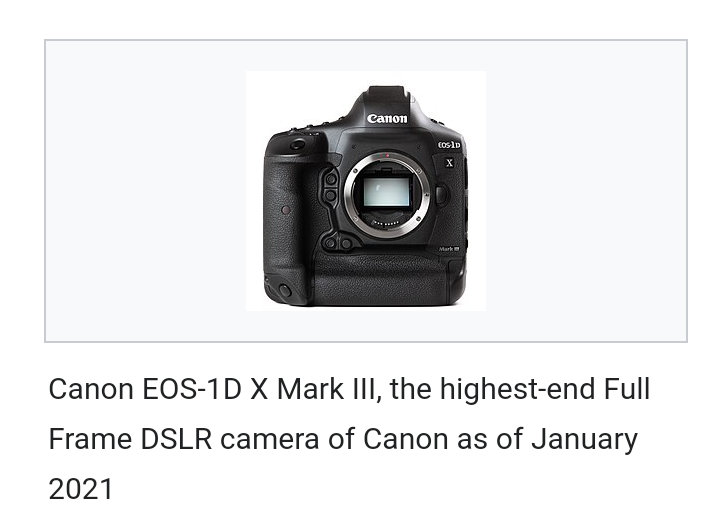

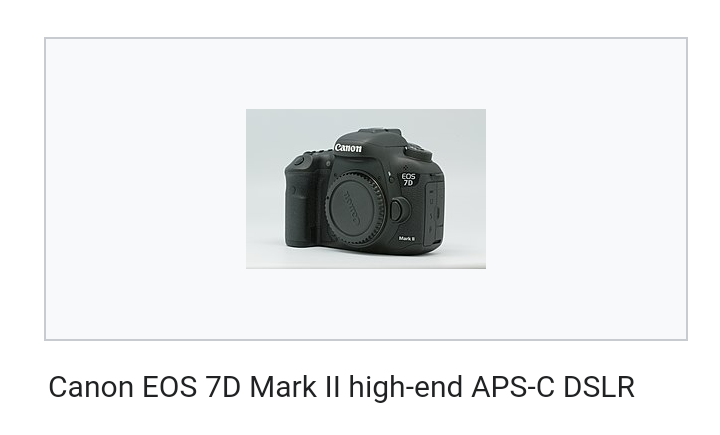
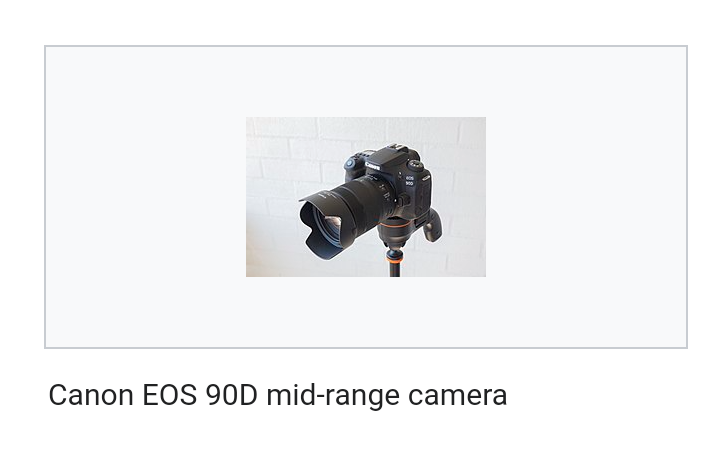
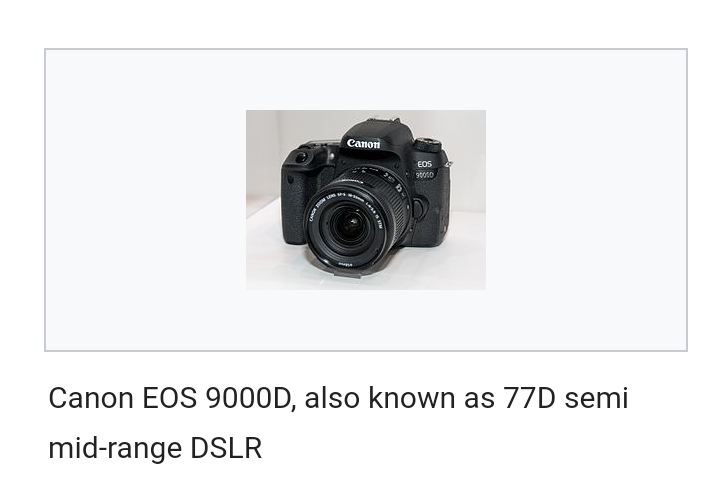
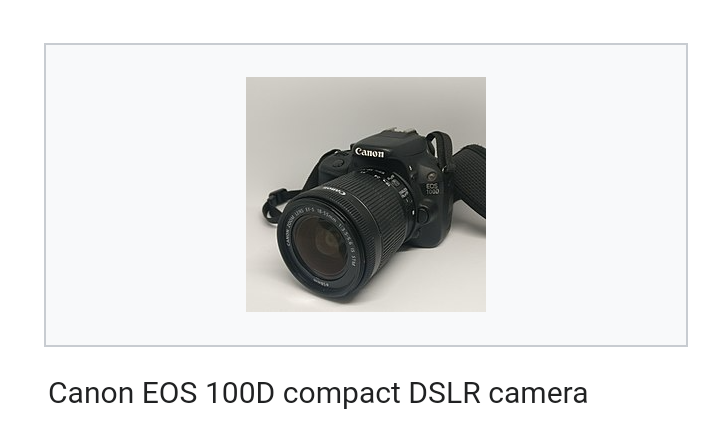
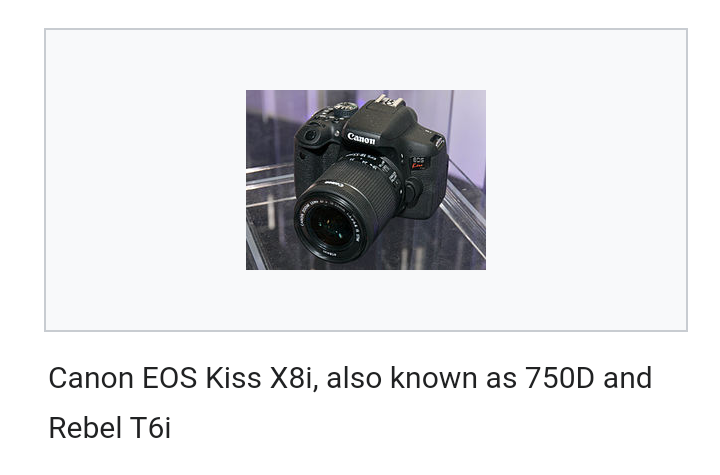
Naming scheme of EOS M Series MILC cameras
| Target market segment | Common features | International | Americas | Japan |
|---|---|---|---|---|
| Entry-level | The first Canon mirrorless camera (EOS M)Light and compact polycarbonate bodySimple ergonomics and featuresEF-M lens mountAPS-C sensorSingle SD card slotBuilt-in flash in most modelsHot shoe (except M10 and M100)2 separate lines:Mx: Regular mirrorless line with hot shoeMxx, Mxxx: Lower end models without a hot shoe | 1, 2 or 3 digit number after the letter M. If the number is not 50 or 5, the camera is in this category.EOS M,EOS M2,EOS M3,EOS M10, EOS M100 | same | same |
| Semi-midrange | Built-in electronic viewfinderMore advanced features and ergonomics | Number 50 after letter M.EOS M50, EOS M50 Mark II | same as international | EOS Kiss M |
| Mid-range | First Canon mirrorless camera with Dual-Pixel autofocusAluminium top plateMore physical controls | Number 5 or 6 after letter M. This will probably also continue as “Mark II”.The M6 slots below the M5 but the M6 Mark II succeeds both the M5/M6. EOS M5,EOS M6,EOS M6 Mark II, | same | same |
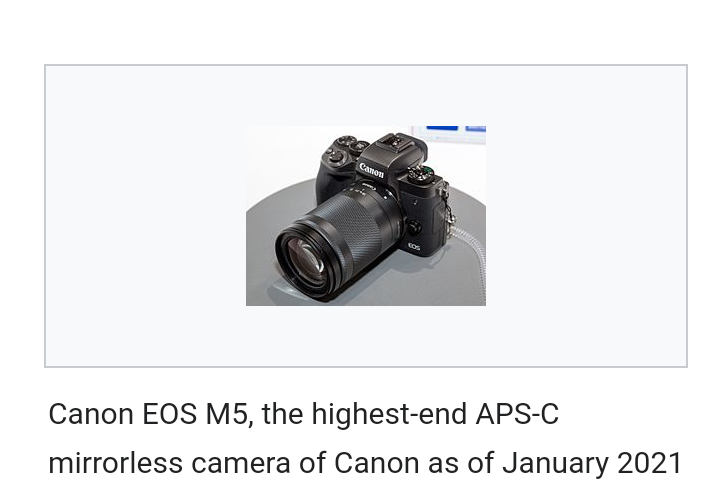
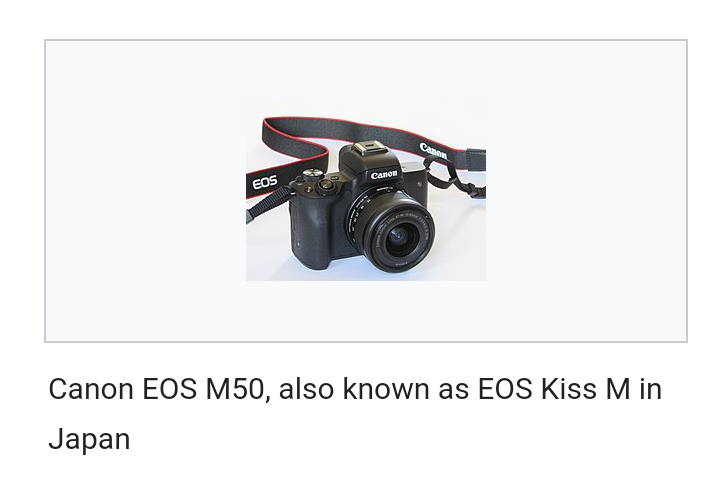
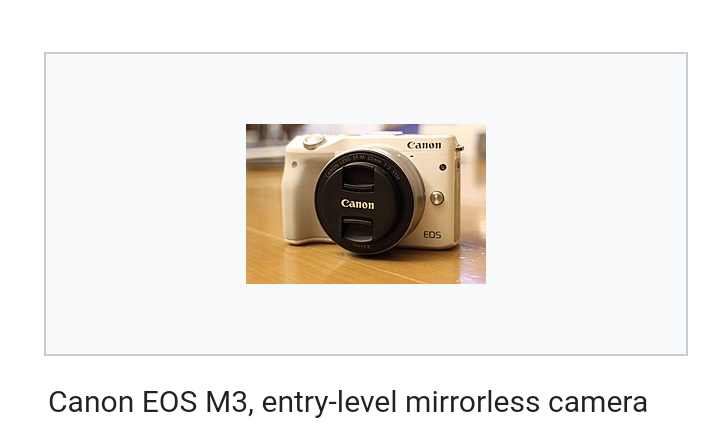
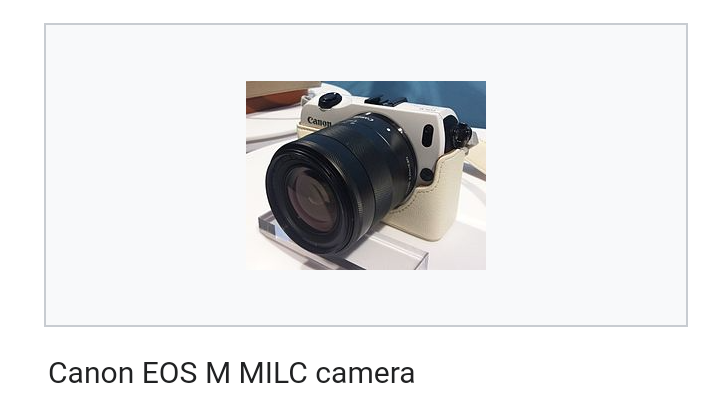
Naming scheme of EOS R Series MILC cameras
| Market segment | Common features | International | Americas | Japan |
|---|---|---|---|---|
| Mid-range | Polycarbonate bodyFull frame image sensorRF mountBuilt-in electronic viewfinderErgonomics and features similar to lower-end DSLR and mirrorless cameras; image quality similar to higher-end onesNo built-in flash | Letter “P” after letter “R”.EOS RP | same | same |
| Prosumer/high-end | First Canon mirrorless camera with RF mount and Full Frame sensor (EOS R)Magnesium alloy bodyWeather sealingAdvanced controls and featuresHigher burst rateAdvanced video capabilitiesIn-body image stabilization (except for EOS R)Single card slot in EOS R; Double card slot in R3, R5, and R6 | Only a letter “R” or an additional number.EOS REOS R5EOS R6EOS R3 | same | same |

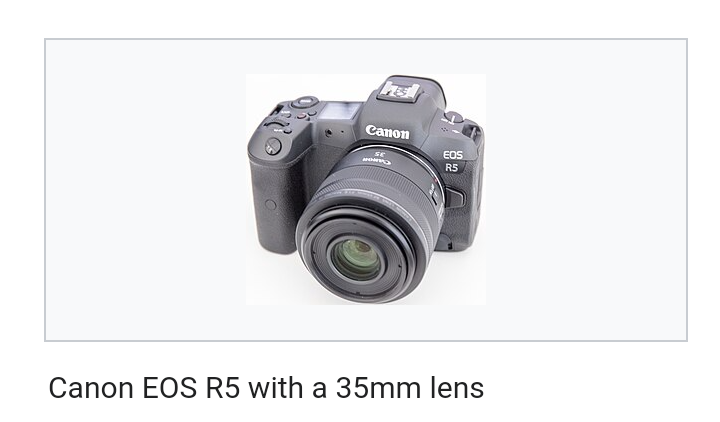
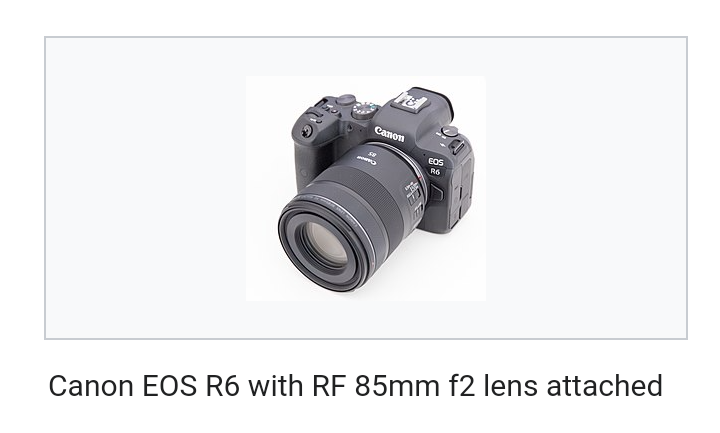

Film cameras
This is a list of the 35 mm Film and APS Canon EOS models in order of introduction:
| Model (US) | Model (Europe) | Model (Japan) | Release date |
|---|---|---|---|
| EOS 650 | EOS 650 | EOS 650 | March 1987 |
| EOS 620 | EOS 620 | EOS 620 | May 1987 |
| EOS 750 | EOS 750 | EOS 750 | October 1988 |
| EOS 850 | EOS 850 | EOS 850 | October 1988 |
| EOS 630 | EOS 600 | EOS 630 QD | April 1989 |
| EOS-1 | EOS-1 | EOS-1 | September 1989 |
| EOS RT | EOS RT | EOS RT | October 1989 |
| EOS 10S | EOS 10 | EOS 10 QD | March 1990 |
| EOS 700 | EOS 700 | EOS 700 QD | March 1990 |
| EOS Rebel | EOS 1000 | – | October 1990 |
| EOS Rebel S | EOS 1000F | EOS 1000 QD | October 1990 |
| EOS 10S commemorative kit | EOS 10 | EOS 10 QD | August 1991 |
| EOS Elan | EOS 100 | EOS 100 QD/EOS 100 Panorama | August 1991 |
| EOS Rebel II | EOS 1000N | – | March 1992 |
| EOS Rebel SII | EOS 1000FN | EOS 1000S QD | March 1992 |
| EOS A2/A2e | EOS 5 | EOS 5 QD | November 1992 |
| EOS Rebel XS | EOS 500 | EOS Kiss | September 1993 |
| EOS Rebel X | – | – | November 1993 |
| EOS-1N | EOS-1N/1N HS/1N DP | EOS-1N/1N HS/1N DP | November 1994 |
| – | EOS 5000 | EOS 888 | January 1995 |
| EOS-1N RS | EOS-1N RS | EOS-1N RS | March 1995 |
| EOS Elan II/IIe | EOS 50/50e | EOS 55 | September 1995 |
| EOS Rebel G | EOS 500N | New EOS Kiss | September 1996 |
| EOS IX | EOS IX | EOS IX E | October 1996 |
| EOS IX Lite | EOS IX 7 | EOS IX 50 | March 1998 |
| EOS-3 | EOS-3 | EOS-3 | November 1998 |
| – | EOS 3000 | EOS 88 | March 1999 |
| EOS Rebel 2000 | EOS 300 | EOS Kiss III | April 1999 |
| EOS-1V | EOS-1V | EOS-1V | March 2000 |
| EOS Elan 7/7e | EOS 33/30 | EOS 7 | October 2000 |
| – | – | EOS Kiss III L | November 2001 |
| EOS Rebel XS N | EOS 3000N | Canon EOS 66 | February 2002 |
| EOS Rebel Ti | EOS 300V | EOS Kiss 5 | September 2002 |
| EOS Rebel GII | – | – | March 2003 |
| EOS Rebel K2 | EOS 3000V | EOS Kiss Lite | September 2003 |
| EOS Elan 7N/7NE | EOS 33V/30V | EOS 7s | April 2004 |
| EOS Rebel T2 | EOS 300X | EOS Kiss 7 | September 2004 |
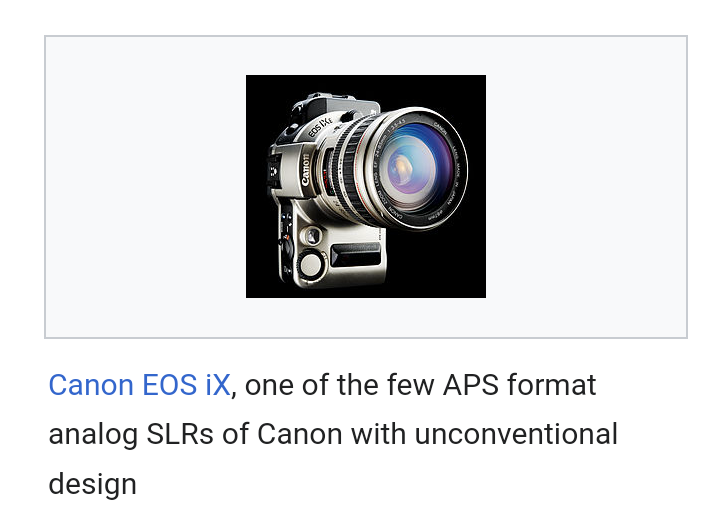
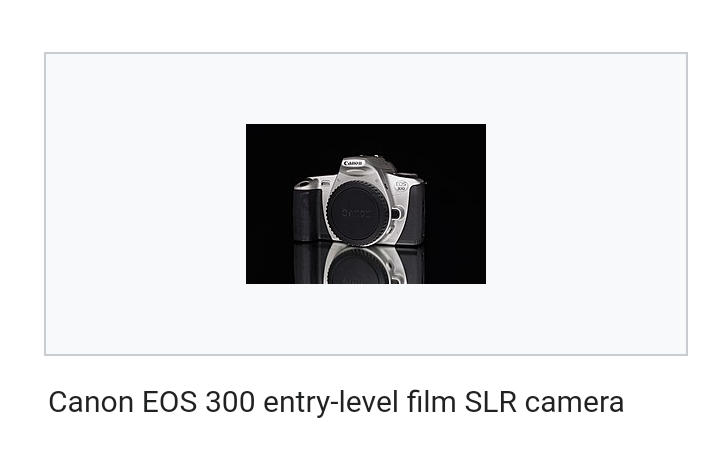
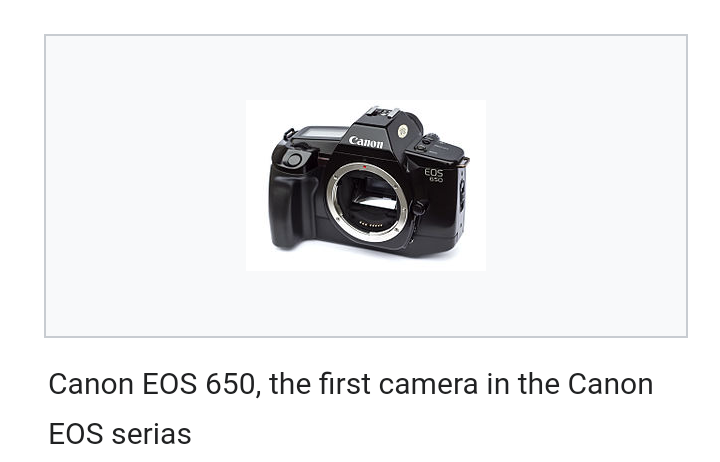
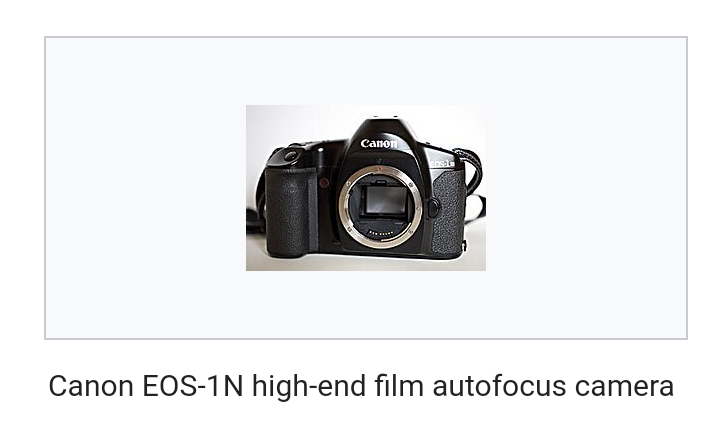
Digital cameras
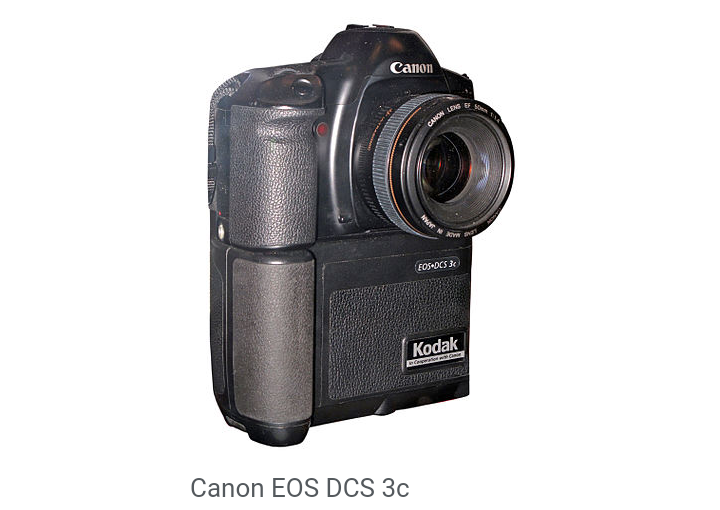
Prior to the introduction of the EOS D30 digital SLR, Kodak produced four digital SLRs also sold under the Canon brand. These cameras used a digital camera back with the image sensor and associated electronics designed and built by Kodak together with modified internals of the EOS-1N film SLR. Due to using the Canon EOS body, these four digital SLRs can accept EF lenses. The four cameras were:
| Model | Release date |
|---|---|
| EOS DCS3 | July 1995 |
| EOS DCS1 | December 1995 |
| EOS D2000/Kodak DCS520 | March 1998 |
| EOS D6000/Kodak DCS560 | December 1998 |
After termination of the agreement by Canon, Kodak cooperated with Sigma who at that time had a Canon license to produce the Kodak DCS Pro SLR/c based on a SA9 SLR body in 2004, which was compatible with EF lenses.
The following digital SLRs, starting from the D30, had bodies and sensors completely designed and manufactured by Canon (except for the Canon EOS-1D, which uses a Panasonic sourced CCD sensor).
Canon digital SLRs are equipped with a CMOS sensor (with the exception of EOS-1D that uses a CCD sensor). Canon designs and manufactures their own CMOS sensors.
If you have any questions or contribution, drop it on the comment section below.
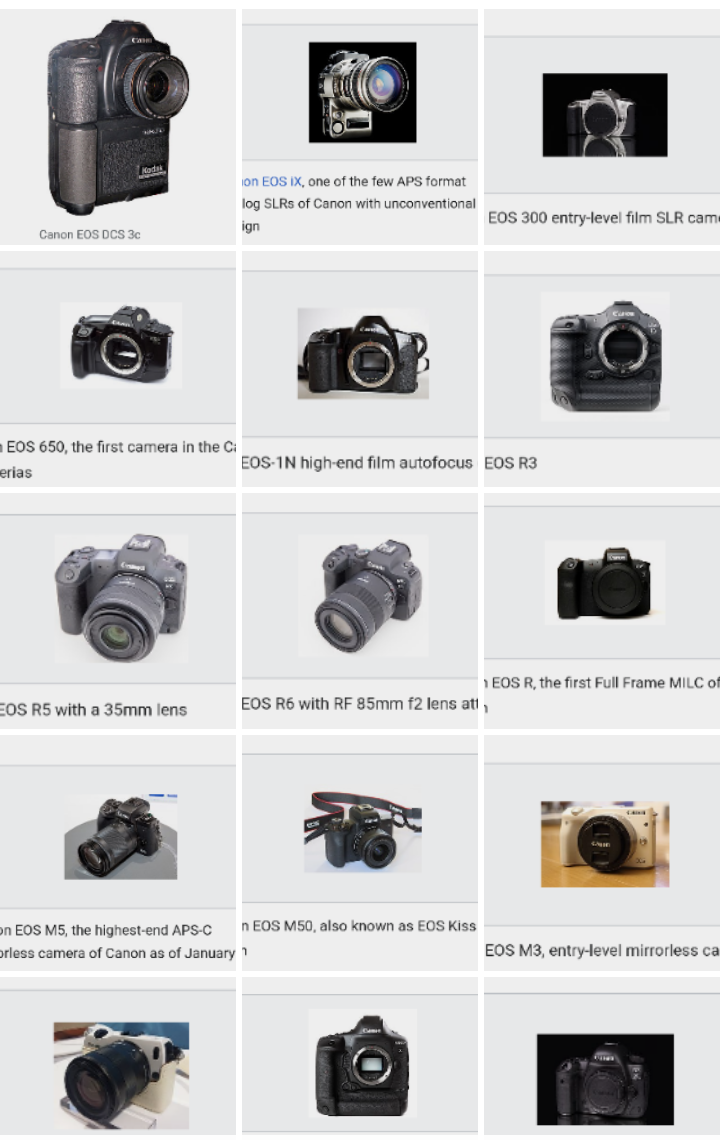



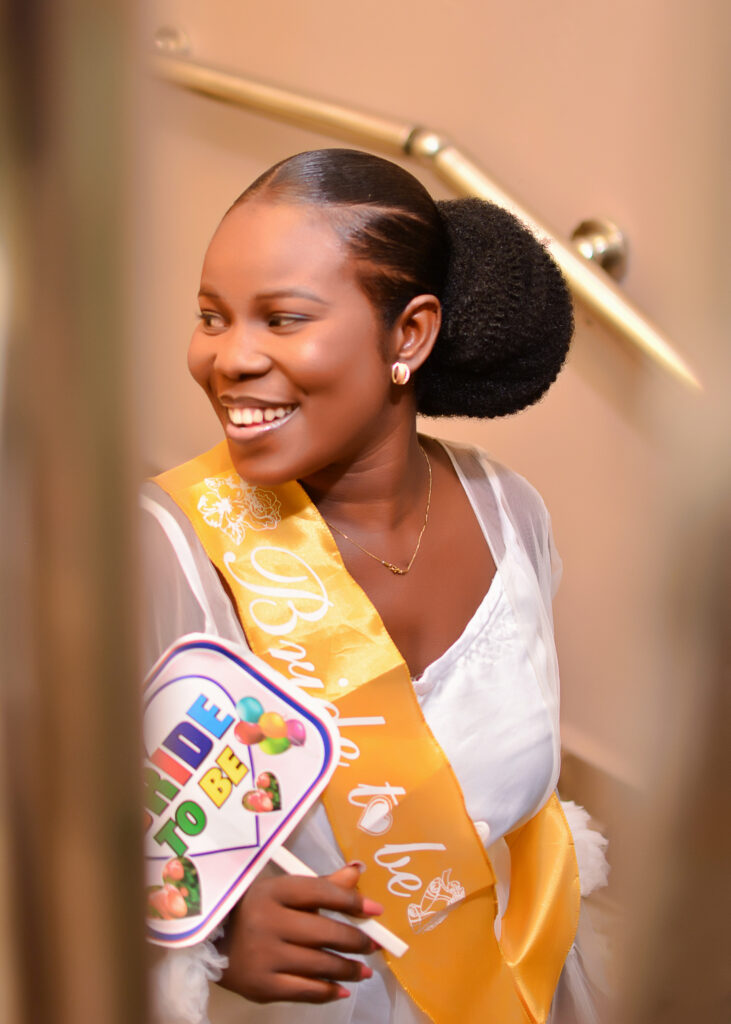

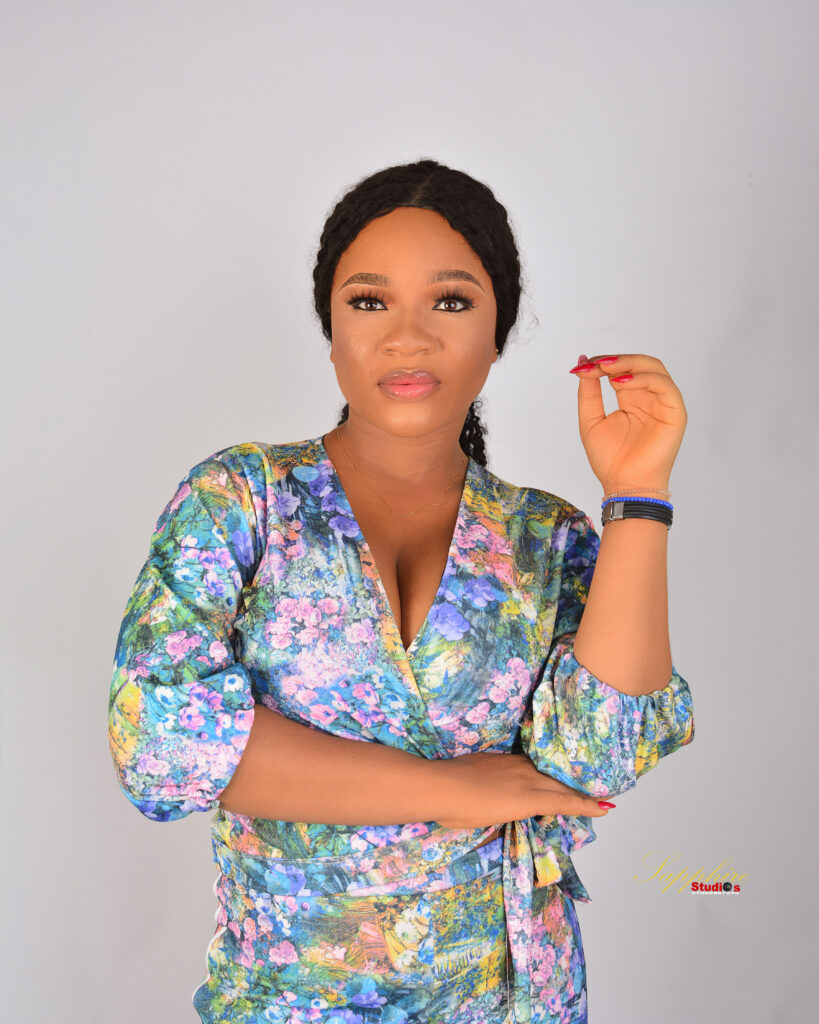

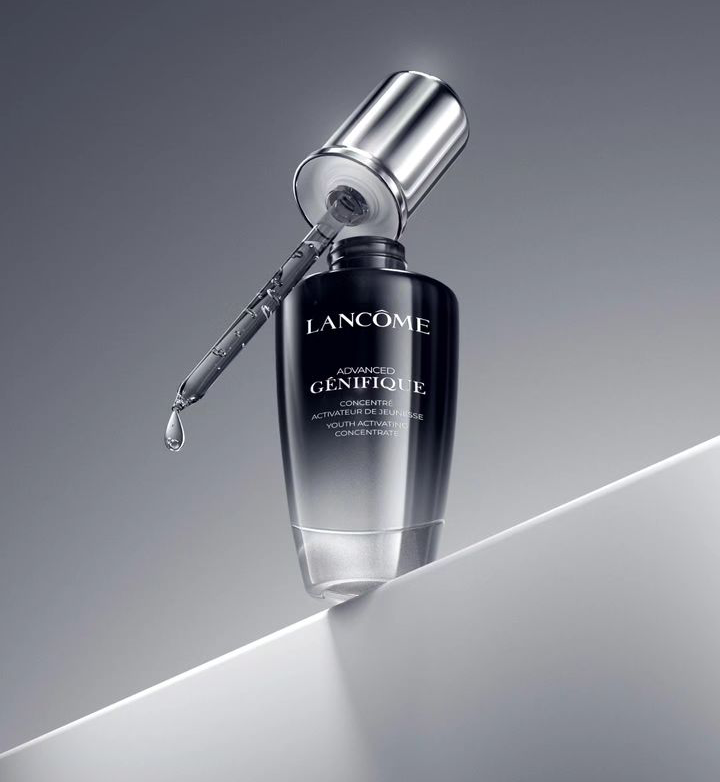

3 responses to “EOS cameras”
[…] 2011 – Canon EOS C300 – 2K/HD MPEG recording […]
[…] yourself time to pose without shaking the camera. A stable setup is key for getting a top-notch passport […]
Exactly
Thanks and find time to go through other of my post.